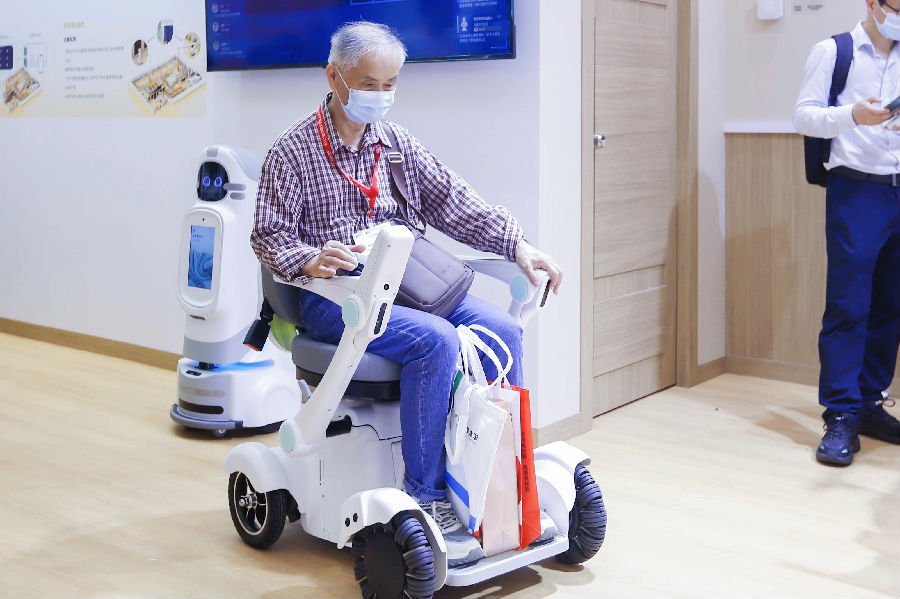Note: This article only represents the views of VA7 and does not constitute investment advice.
🗺️ Mapping the AI Application Landscape: A Data Analysis Based on 1300+ AI Apps
TL;DR
- Productivity, developer tools, lifestyle, low-code/no-code, and copywriting are the most common application categories.
- Free apps account for 30% of all apps, and they don’t cater to people’s rigid demands.
- The most common pricing model is freemium.
- The average price for paid apps is around $30/month. 45% of paid apps are priced below $10 and only 4% charge more than $100/month.
- Successful AI apps don’t necessarily have technical moats, nor do they have to be universal or scalable solutions, but they must effectively solve specific productivity issues.
Data
The raw data consists of six dimensions: the application’s name, price, description, tags, and pricing models. These data come from the world’s largest and daily updated AI application directory—Futurepedia.
In addition to cleaning the data, I created an automatically-updating Notion table of the most comprehensive and cleaned AI apps data. I am sharing it with everyone here for free use.
When analyzing the data, I focused on the categories, pricing models, and pricing strategies, using basic statistics to answer the following questions:
- Categories: What are the common categories of AI apps? How are they distributed in terms of quantity? What are the relationships between categories?
- Pricing Models and Startegies: What are the common pricing models for AI applications? How are they priced? What is the relationship with categories?
Although I already had vague answers to these questions through discussions with other entrepreneurs, having data as evidence makes answers clearer.
AI Categories
The most common AI apps are found in productivity, developer tools, lifestyle, low-code/no-code, and copywriting. Here, except for the “lifestyle” category, the other four mainly correspond to productivity scenarios, which is consistent with the impression that “AI apps are primarily B2B.”
Some less common areas (with less than 10 applications) include: logo generation, fashion, experimentation, gift ideas, memory, real estate, and personalized videos.
Logo generation, experimentation, and gift ideas are very niche/vertical fields.
Although fashion, memory, real estate, and personalized videos are important segments, their utilities are limited by the current capabilities of LLMs or have not found a suitable scenario to integrate, resulting in few applications available.
Of course, even rarer categories are not labeled because they have fewer than five apps.
Different categories of tools have various preferences in priceing models and strategies. If the size represents the number of AI applications, the current landscape of AI applications would look something like this 👇.

Some labels show high correlations.

Since labels include both categories/scenarios and technologies. The high correlations behind these labels are due to:
- Scenario dependence on technology. For example, SEO relies on copywriting, and gaming relies on 3D;
- Overlap between scenarios. For example, sales and email assistants, coding assistants and developer tools, etc.;
- Complementarity between technologies (or scenarios). For example, speech-to-text + content summarization, or customer support + sales, etc.
Pricing Models
Among all apps, 29% are completely free. The most common pricing model is freemium.

Following are categories where most Apps are free.

Most of them, such as gift-giving, prompt engineering, AI resources, novelty tools, health and lifestyle apps, do not solve people’s rigid demands or developers haven’t yet found a good charging point.

The apps with the highest payment rate mostly serve productivity directly.
Here, I’d like to clarify the categories of personalized video and real estate, as there are few apps in these categories and their names may cause confusion.
Personalized video applications mainly have three types:
- One-click video editing, such as Vidyo, which can adjust videos to suit different platform styles/formats with a single click;
- Record a clip and generate countless customized videos. For example, record a holiday greeting for a client, and have AI generate customized greeting videos for another 1,000 clients. The current level of customizatio is relatively low, users can only changing a few words for each client;
- Generate customized videos directly using virtual characters. This is suitable for mass production of instructional videos, with high content customization level but generally limited to a few available virtual figures.
Real estate applications almost exclusively utilize AI to generate interior design renderings or 3D models.
Another interesting category is avatar generation applications, which usually require payment for the first use, as there’s often no second chance. Low retention is a common problem faced by 2C image generation applications.
Figure 1 shows the most common business models for each AI application type. Although there are preferences, there are no significant patterns in the data (except for a few categories).
However, GPT-4 believes🤔:
- Freemium: These applications typically have a broad user base, clear functionality levels, and large market demand, so they adopt a freemium model to meet different user needs and generate revenue.
- Contact sales: This model is usually targeted at specific user groups, providing specialized and customized services, thus adopting a non-standard pricing model to meet personalized needs.
- Paid: These applications have higher value and clear user demand, so they adopt a paid usage model to achieve higher profits.
- Free trial: These applications have higher value, but user demand may be uncertain. Therefore, they adopt a free trial model to attract users to try, and charge after the trial.
Pricing Strategy
Since not all paid applications are subscription-based, this discussion only includes AI applications with complete pricing data and are subscribed by month/week/day. Weekly subscription fees are multiplied by 4 to convert to monthly fees; daily subscription fees are multiplied by 20 to convert to monthly fees.
After cleaning, there are 567 valid rows left for calculation in this section.

The average price of all paid AI applications is around $30, 45% of paid applications are priced at no more than $10/month, and 4% of paid applications are priced above $100/month.

Low-priced (≤$10/month) applications mostly (60%) adopt the freemium model, with category patterns similar to free applications.
High-priced (>$100/month) applications mostly offer free trials (41%). They mainly solve productivity problems for enterprises, such as customer support, sales assistance, social media management, SEO, etc.; or they use more cutting-edge technology in areas like 3D and gaming, where competition is relatively low, giving developers more bargaining power.
Conclusion
After this simple statistical analysis, I tried the 40 most popular (starred) applications on futurepedia and gained some insights from the perspective of an AI app builder:
For those areas where LLMs have become quite mature, the focus of App development is not on technological moats, but on how to assemble existing technologies to effectively solve problems:
- One approach is to shift attention to market spaces that have not yet been fully explored. This could be very niche markets or industries that are relatively lagging in terms of time/space.
- Of course, in areas where large models’ capabilities are already covered, there are opportunities for well-made products. For example, TypingMind, a better ChatGPT with better UI/UX, allowing users to play with ChatGPT locally and access chat history easier, made it to #1 on Product Hunt and achieve a weekly income of $20,000.
In areas where the capabilities of LLMs are not yet sufficient for direct application in production (3D, video, data, etc.), AI app builderes don’t have to wait for a perfect technological solution. As long as they can “solve the problem well,” they can start with less-scalable solutions:
- For example, AI + data scraping. Browse AI and Bardeen AI, although both claim to integrate AI, are not that intelligent and still require manual template setup to scrape data. However, this is not a big problem; if the template setting is easy and the pipeline can truly replace repetitive work, it can be successful.
- Another example is AI + video generation. Although it is difficult to achieve productivity-level high quality text-generated videos, it is feasible to achieve partial customization of the video by manually setting up variables. This is good enough to address the need for customized video in the customer support industry.
Thank you for reading this far.


